2017
-
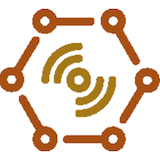
Interdisciplinary NetsBlox project makes computer programming intuitive
Professor Akos Ledeczi and Ph.D. student Brian Broll work with their NetsBlox intuitive visual programming platform. (Vanderbilt University) Vanderbilt University Professor of Computer Engineering Akos Ledeczi doesn’t want everyone to become a programmer. But understanding how computers think, interact, and do what we want them to do – those are 21st century skills, he said. In NetsBlox, a visual programming environment, Ledeczi and an interdisciplinary team are developing a teaching tool that introduces the basics and a high-level view of distributed computing. The team has worked with students as young as middle schoolers and has several upcoming camps and workshops with young learners as well as high school students. NetsBlox is built on top of Snap!, an environment created at the University of California at Berkeley. Snap! is based on Scratch, the best-known programming tool for kids from the MIT Media Lab. Young students use Scratch to create basic Pong-like games, animations or virtual stories. Snap!, a visual drag-and-drop programming language, picks up where Scratch leaves off, making it an appropriate introduction to computer science for high school and college students. Public data sets expand possibilities NetsBlox adds message passing, a way computers communicate with each other; access to a set of online data sources in the public domain – maps, weather, movies, trivia, and earthquakes are a few; and introduces distributed programming. The goal is to make writing a distributed computer program much like solving a simple puzzle. With NetsBlox, for example, an average high school student can create a simple multiplayer game, run it on her phone and play against a friend over the internet after just a few weeks of instruction. The popularity of massively multiplayer online role-playing games made this approach a “no-brainer,” Ledeczi said. The jump to distributed programming and the computational thinking behind it is significant. A distributed program is actually multiple programs running on different computers communicating and synchronizing with each other. Think of the difference between going out to dinner alone or organizing a wedding reception, including picking the date and time, confirming the most important guests can make it, sending invitations, organizing transportation, reserving the place, ordering catering and booking a band. Distributed programming can be far more complex than simple two-person games, but a game introduces the concepts and forces students to program information to send somewhere else plus consider delays and response times. With the data sets, students can create movie quiz games and trivia contests to play with each other. Data on earthquakes, air pollution, astronomy, and weather can be the foundation for a school science project. Read MoreMay. 30, 2017
-
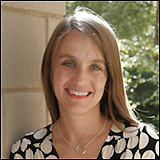
BME alumna honored with state STEM advocate award
Biomedical engineering alumna Stacy Klein-Gardner received the 2017 STEM Advocate Award May 24 from the Tennessee STEM Innovation Network. She is one of four winners the TSIN will honor with excellence awards that recognize outstanding teachers, leaders, and advocates in the fields of science, technology, engineering, and math (STEM) education. Read MoreMay. 29, 2017
-
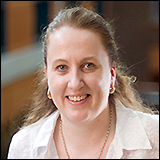
Three postdocs to work with engineering faculty as Academic Pathways Fellows
Three of seven scholars in the first cohort of Vanderbilt’s Academic Pathways Fellows will be working with School of Engineering faculty members. The postdoctoral program addresses the acute need for greater diversity in the professoriate by offering a specialized experience for new Ph.Ds from underrepresented backgrounds. They will receive enhanced… Read MoreMay. 22, 2017
-

Engineering researchers represent Vanderbilt at D.C. expo of NSF-funded projects
Two School of Engineering researchers represented Vanderbilt in Washington D.C. this week at a showcase on Capitol Hill exhibiting projects that were funded by the National Science Foundation. Cary Pint, assistant professor of mechanical engineering, and Anna Douglas, an interdisciplinary materials science Ph.D. student, also met with staff from six… Read MoreMay. 19, 2017
-

Novel nanotube approach earns grad student coveted spot in ORNL innovation program
An interdisciplinary materials science graduate student has been selected for a prestigious entrepreneurship program to scale and commercialize a revolutionary method of carbon nanotube production. Anna Douglas is one of five entrepreneurs selected for the inaugural cohort of the Department of Energy Innovation Crossroads program at Oak Ridge National Laboratory… Read MoreMay. 18, 2017
-
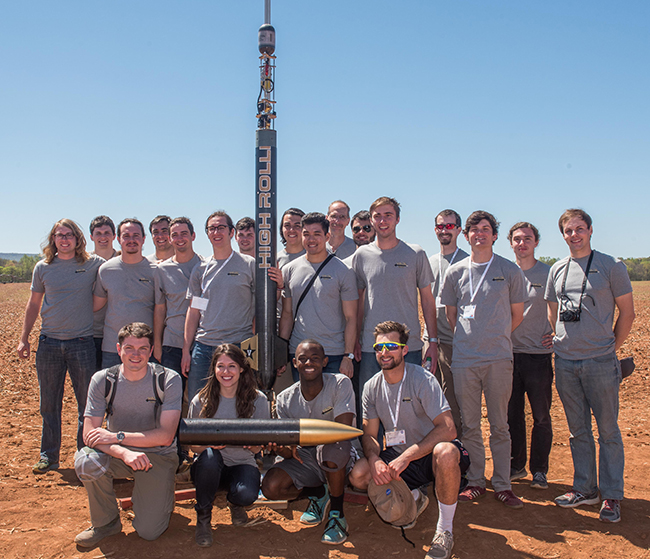
Student rocketeers earn second place in NASA contest
Vanderbilt rocketeers with their High Roller rocket at the NASA Student Launch Competition in Alabama. (Photo: VADL) Engineering students from the Vanderbilt Aerospace Design Laboratory earned the second place in the 2017 NASA-Orbital ATK Rocket Challenge. They received a cash prize of $2,500, an award created this year by the… Read MoreMay. 12, 2017
-
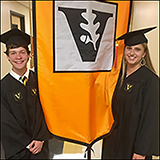
Outstanding graduates recognized at 2017 Commencement Reception
Awards and honors were presented by Dean Philippe Fauchet May 11, 2017, to seniors at the School of Engineering’s annual Commencement Reception. Duncan Matthew Morgan, from Woodstock, Georgia, is Founder’s Medalist for the School of Engineering and is graduating with a bachelor of engineering in… Read MoreMay. 11, 2017
-

Dean presents 2017 engineering faculty, staff awards
The School of Engineering recognized faculty and staff members for their exemplary research, teaching, and professional service during the 2016-2017 academic year. At the final faculty meeting of the year, Dean Philippe Fauchet announced faculty promotions, recognized emeritus professors, and he presented four annual awards during a reception following the… Read MoreMay. 10, 2017
-

Robinson gets EDI seed grant to survey black faculty in engineering, computer science
Twenty-nine projects have been selected to receive seed grants to support pilot research or developmental projects on equity, diversity and inclusion. The Office for Equity, Diversity and Inclusion awarded the grants, with support from Chancellor Nicholas S. Zeppos and Provost and Vice Chancellor for Academic Affairs… Read MoreMay. 9, 2017
-
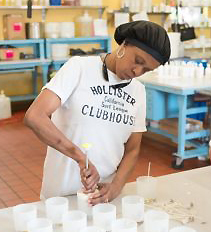
Galloway, the Wond’ry team design wrist-saving, wick-installing device for Thistle Farms
From left, Jim Kensler, senior director of Thistle Farms Body & Home; Melissa Wert, director of systems and inventory control; Tianja Gibbs, manufacturing manager; Deanna Meador, the Wond’ry program manager; and Noah Barrow, the Wond’ry intern watch the first trial of Barrow’s new wick-installing device. (Photo courtesy of… Read MoreMay. 8, 2017